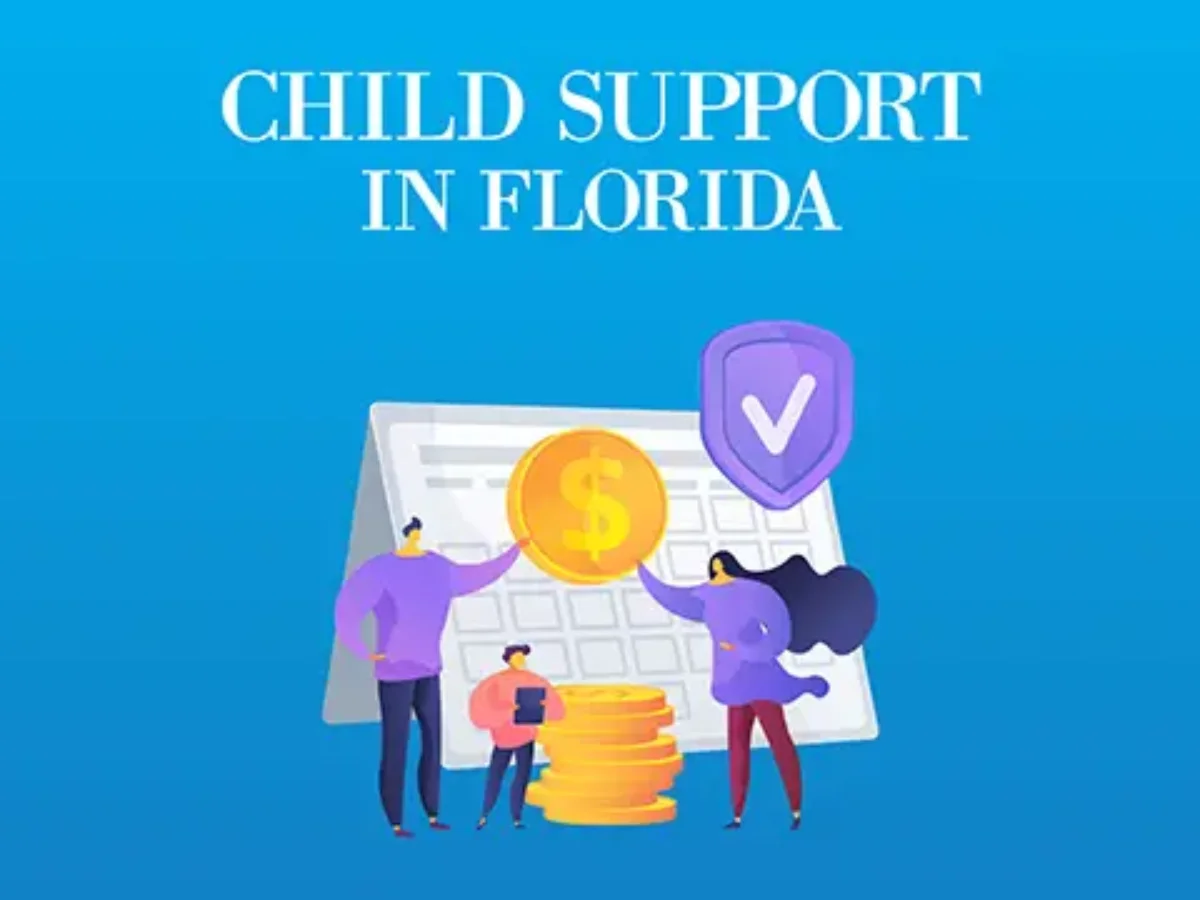Introduction
The practice of corporal punishment in schools remains a debated issue. Understanding its legal status, prevalence, and impact on Texas educational institutions is crucial. This article aims to explore schools in Texas that allow corporal punishment and the broader implications associated with this disciplinary method.
Understanding Corporal Punishment in Schools
Definition and Context
Corporal punishment involves physical discipline, such as paddling or spanking, administered to students as a means of behavioral correction. Its historical usage and current application in schools set the context for this debate.
Historical Usage and Present Status
While it was once a widely accepted disciplinary method in educational settings, the present status reflects a significant decrease in its usage across schools.
Laws and Regulations in Texas
Legal Status of Corporal Punishment in Texas Schools
In Texas, the law permits individual school districts to decide whether to use corporal punishment as a disciplinary measure, leading to variations in its implementation across the state.
Guidelines and Restrictions
However, there are certain guidelines and restrictions set forth by the Texas Education Code that schools must follow if they choose to employ this method.
School Policies and Decision-Making
Schools Allowing Corporal Punishment
While some Texas schools still permit corporal punishment, others have chosen to adopt alternative disciplinary measures to maintain a safe and positive learning environment.
Disciplinary Alternatives and Modern Approaches
Schools that disallow corporal punishment have embraced modern disciplinary approaches, focusing on positive reinforcement and counseling to address behavioral issues.
Controversies and Debates
Ethical Concerns and Psychological Impact
Debates revolve around the ethical implications and potential psychological impact on students subjected to corporal punishment, sparking concerns about its effect on mental health and well-being.
Parental Views and Advocacy
The varied opinions among parents, some advocating for its effectiveness and others opposing its use, contribute to the ongoing debate and policy decisions in schools.
Effectiveness and Alternatives
Effectiveness of Corporal Punishment
Discussions persist regarding the effectiveness of corporal punishment as a deterrent for misbehavior and whether it truly leads to positive behavioral changes.
Alternative Discipline Strategies
Adopting alternative strategies such as positive reinforcement, counseling, and conflict resolution techniques has demonstrated success in shaping students’ behavior positively.
Conclusion
In conclusion, the allowance of corporal punishment in Texas schools remains a nuanced and debated issue. While some schools still practice it, others have opted for alternative, modern disciplinary approaches. Understanding the legal framework and the broader implications is essential in shaping policies that foster a safe and conducive learning environment.
FAQs
1. Are there specific laws in Texas allowing corporal punishment in schools?
While the Texas Education Code permits school districts to use corporal punishment, it’s not a mandatory practice. Some districts choose not to use it.
2. How common is corporal punishment in Texas schools?
The use of corporal punishment in Texas schools has significantly decreased, and many districts have opted for alternative disciplinary methods.
3. What are the concerns surrounding corporal punishment in schools?
Concerns include its potential negative impact on students’ mental health, ethical considerations, and doubts about its effectiveness in modifying behavior.
4. Do parents have a say in whether their child can be subjected to corporal punishment?
Parents in districts that allow corporal punishment typically have the option to opt out if they prefer their child not to be subjected to it.
5. What are the effective alternative disciplinary methods used in Texas schools?
Schools implementing alternative methods use positive reinforcement, counseling, conflict resolution, and other modern disciplinary approaches to maintain a positive learning environment.
Contents
- 1 Introduction
- 1.1 Understanding Corporal Punishment in Schools
- 1.2 Laws and Regulations in Texas
- 1.3 School Policies and Decision-Making
- 1.4 Controversies and Debates
- 1.5 Effectiveness and Alternatives
- 1.6 Conclusion
- 1.7 FAQs
- 1.7.1 1. Are there specific laws in Texas allowing corporal punishment in schools?
- 1.7.2 2. How common is corporal punishment in Texas schools?
- 1.7.3 3. What are the concerns surrounding corporal punishment in schools?
- 1.7.4 4. Do parents have a say in whether their child can be subjected to corporal punishment?
- 1.7.5 5. What are the effective alternative disciplinary methods used in Texas schools?























